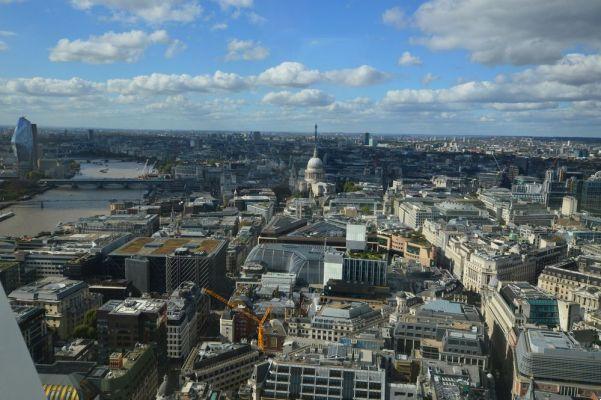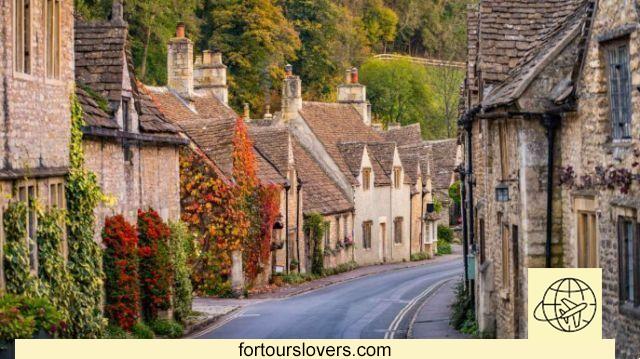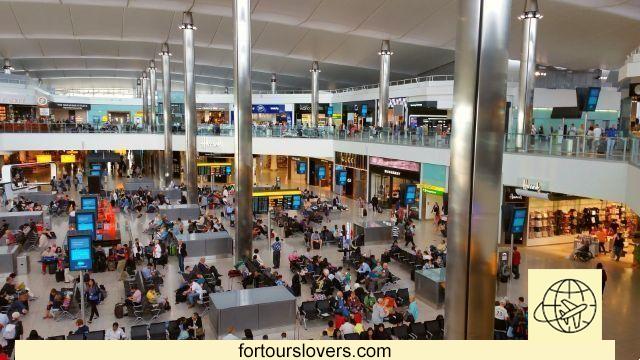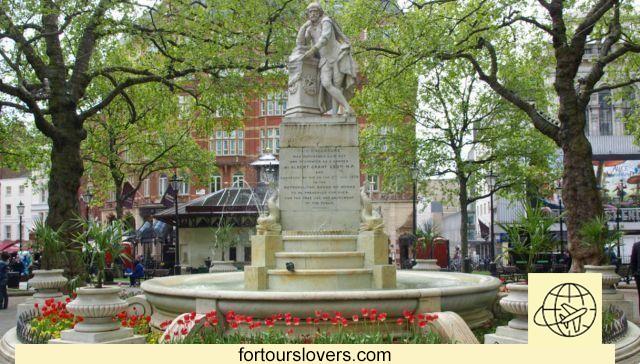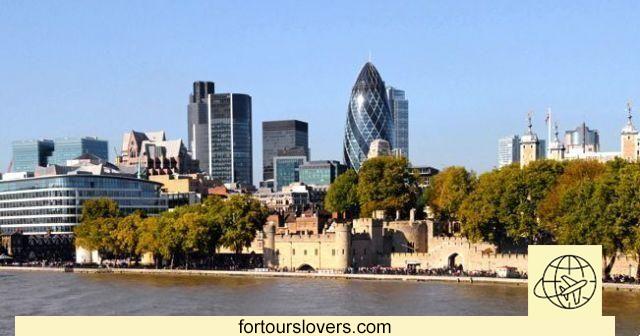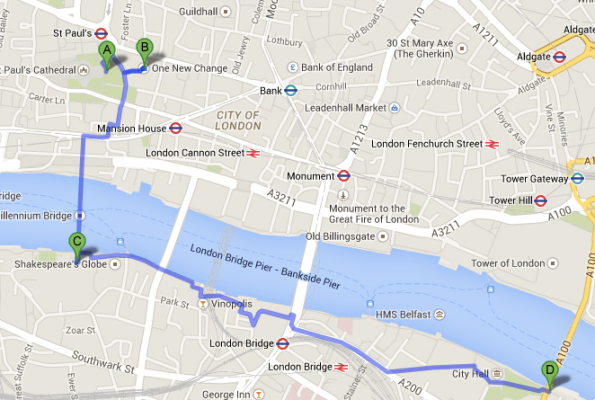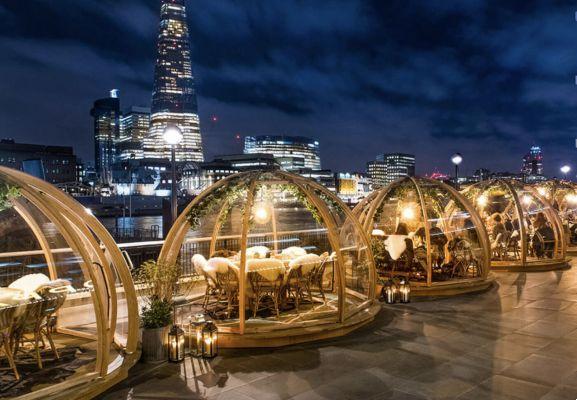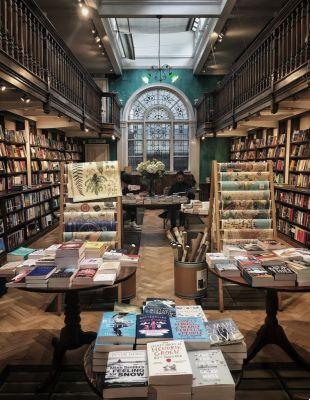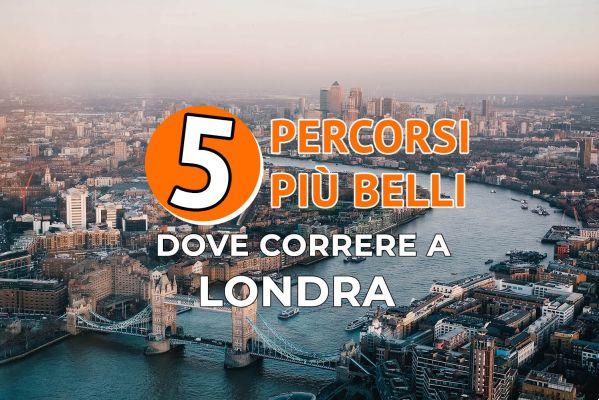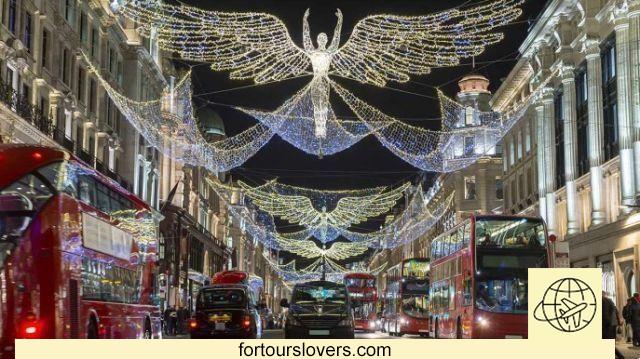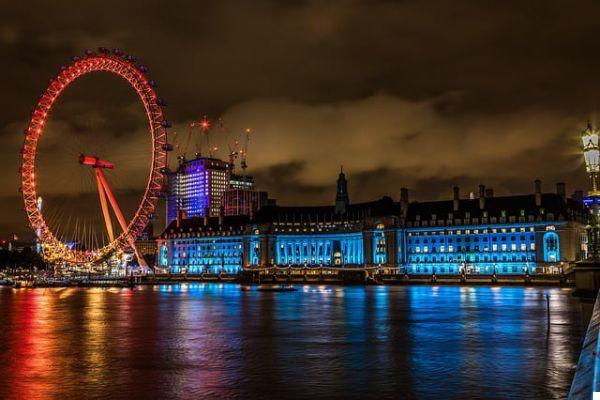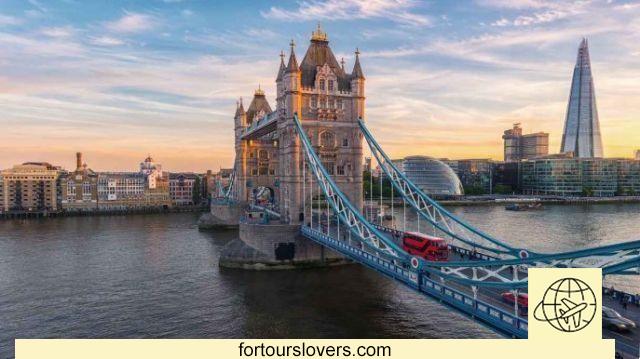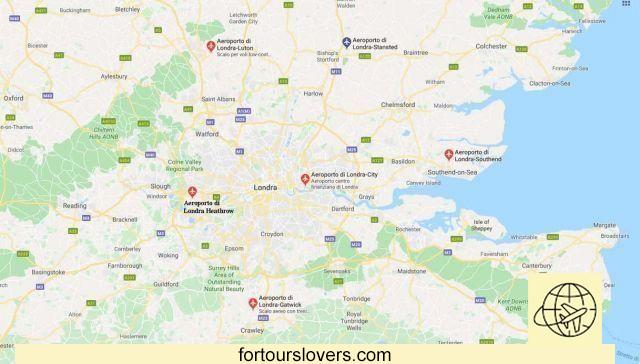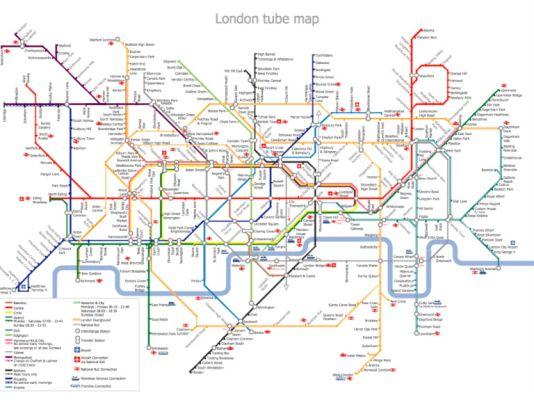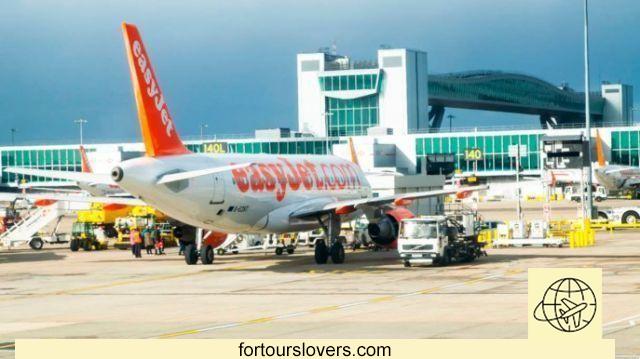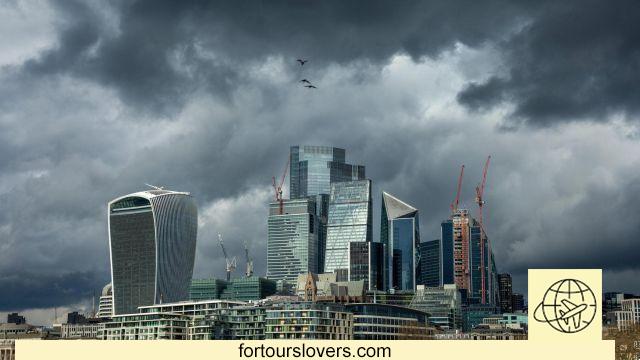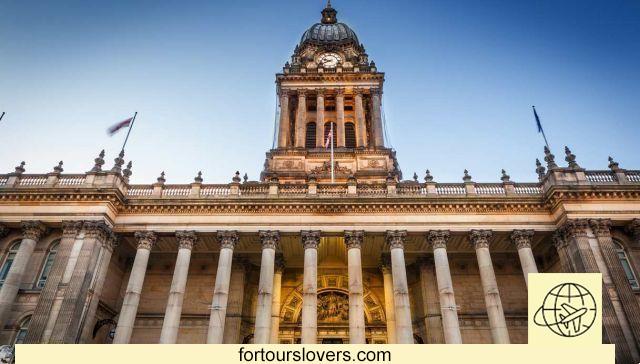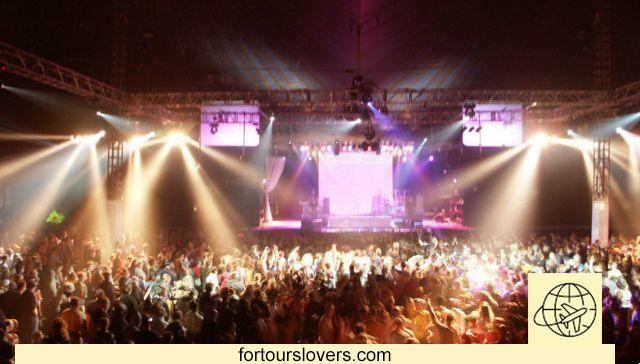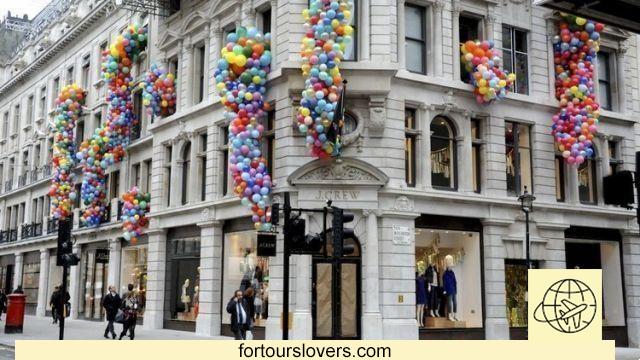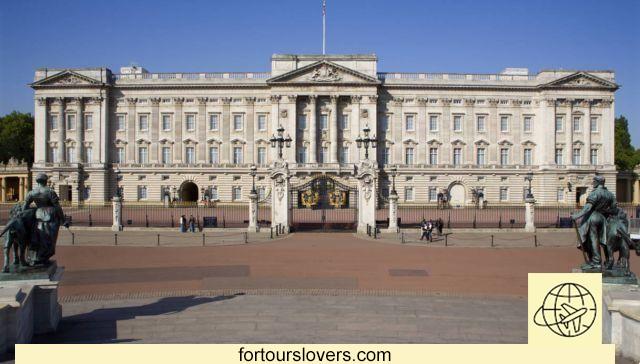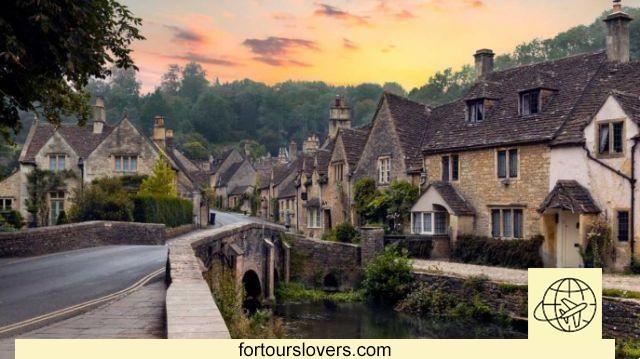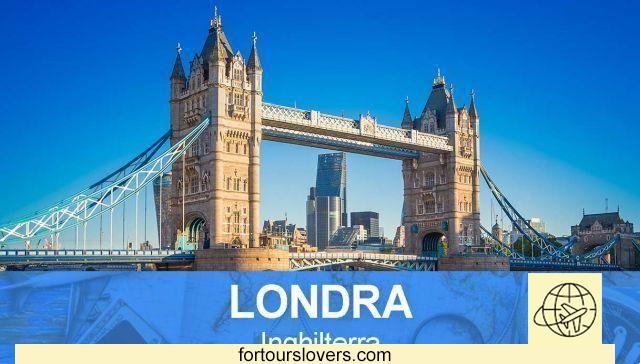
All the useful information and lesser-known curiosities to organize your unforgettable trip to London
Capital of England, main city of all of Great Britain and one of the most important metropolises in the world, London is a mix of history, power, tradition, innovation and futurism that envelops everyone who discovers it.
Crossed by the River Thames (Thames), the capital straddles both banks of the river with more than 30 districts, each with a story to tell and some interesting places to see. Naturally, in the city center with Buckingham Palace, Big Ben, Westminster Abbey, museums and shopping areas, it is the most admired place, but it is really difficult to stop here.
London has a lot to offer, from skyscrapers, business and luxury areas, to more typical neighborhoods such as Notting Hill or Soho with their markets, or Chelsea or St. James. Attractions of all kinds, restaurants, theaters and great events make this city a place where you will never be bored.
London is one of the most visited places throughout the year and offers tourists various possibilities for staying. The international business and business center welcomes many travelers also for business reasons with an offer of stays and business services of the highest level. Even if you are a family with children, there are many opportunities to see London in a fun way, on the typical open-top buses that admire the London area from the top of the historic Ferris wheel.
When to go to London: climate and best time
The climate in London is oceanic, therefore very humid and with frequent rains in all seasons. The temperatures are not harsh in winter, but the very cold winds from northern Europe tend to make some days really cold. In summer temperatures almost never exceed 24 degrees. Rain is a phenomenon present throughout the year, so it is possible to go to London all year round and explore the city on foot without ever forgetting to carry an umbrella.
What to see in London
Big Ben: This is the clock tower, an icon of London known throughout the world. Big Ben, whose official name is "clock tower", is located on the north side of the Thames, next to the Palace of Westminster, in the neighborhood of the same name. It was built together with the Parliament building and the project wanted the tower clock to always be accurate. It was not an easy task that mobilized several highly respected academics and watchmakers. The bell was also made and redone more than once because it was too heavy or unsuitable for the acoustics. Today the sound of the bell remains distinctive due to the damage suffered by the first hammer used. Opened in 1859, it has been renovated in recent years and the work is almost finished. In this way it will be possible to visit Big Ben again, climbing the 334 steps that lead to the top, approximately 96 meters high.
Tower of London: Born in 1100 and initially used as a royal residence, it later became a city prison for centuries, a place of detention for figures who made history, English and foreign. Its function as a prison ended in 1941 during World War II. It is located next to the river, not far from the old town. Today it is home to the Crown Jewels, but it is still possible to visit places that were once the scene of tormented captures and imprisonments. Architecturally it is a medieval fortress of great value and its towers and bridges evoke outstanding episodes of the bloodiest history.
Buckingham palace: It is the seat of the King of England, the symbol of the city of London. The sumptuous palace has hosted the royal family for centuries; It is also the administrative headquarters of the country and is used for political meetings and state events. It is located between Green Park and Saint James Park. It is always suggestive to witness the changing of the guard that takes place every day at 11 am (in winter every 30 days) but without a doubt very suggestive is being able to enter and visit the palace gardens, open for the first time in 2 and only for a few few days.
British Museum: Born in 1753 according to a design by Sir Hans Sloane as a museum of all the cultures of the world, it soon became a place for collecting finds and archaeological objects from all over the world. In the following centuries the structure underwent extensions and modifications, with the contribution of the great leaders and kings from all over Europe. Today it remains the museum of world history, with entire areas dedicated to ancient Egypt, the Roman Empire, but not only: there are historical finds from Africa, Asia, America and Europe. Not to be missed are the Reading Room and the Great Courtyard. A unique experience capable of transporting the visitor to the past, traveling to any place in the world.
How to get to London
London is one of the most important cities in the world and air connections are numerous and frequent. From Italy it is possible to find flights to London from almost all airports. Flights are operated by both national airlines and low-cost airlines. It is important to know that in London there are more than 10 airports, 6 of which are international, so it is necessary to check which one the flight is scheduled to arrive at to better organize your transfer to the city. The main airports are: Heathrow, Gatwick, Stansted and Luton. However, all airports are connected to the city center by bus or train.
How to get around London
Public transport in London is numerous and not only includes the subway, the fastest and most efficient way to get around, and buses, but also alternative means of transport that allow you to get around without losing places or views of the city, such as the cable car. cars, boats, trams and light trains. A public transport map is recommended to consult your route in advance and choose the most suitable means of transport. From London airports there are direct bus lines to the city center, but also trains.
Where to sleep in London
Sleeping in London is never a problem, there are hundreds of accommodations on offer, from luxury hotels to B&Bs, apartments and hostels. Each district is well connected to the center and other districts thanks to the metro network. Naturally, if you stay between Westminster, Trafalgar Square and Piccadilly Circus you will be in the perfect starting point to visit part of the city on foot. Naturally, in the center hotel prices are higher and often very expensive. Green London, Chelsea or Notting Hill are also excellent neighborhoods to stay.
What to eat in London
- Cake: savory pastries filled with meat, vegetables or cheese, but also apple or cream desserts
- Fish and chips: breaded fish with chips
- Sunday roast: roast meat served with potatoes or baked vegetables
- Buns: Dough rolls with raisins
Documents for traveling to London
With Britain's departure from the European Union, many provisions regarding the necessary documents have changed. European Union citizens can only enter the country with a passport.
London tourist information
- Currency: GBP – Pound Sterling
- English language
- Time zone: – 1h compared to Italy
- Electric current: 230-240V/50Hz
- Useful numbers: Italian Embassy in London 14 Three Kings Yard – Tel: 00442073122200
What to see around London
Unusual places to see in London
Download the London notebook
Always carry your London notebook with you where you can write down your visits, favorite places and travel plans.
To print the notebook correctly, check the “Mirror on short edge” option in the “Print on both sides” menu.
Download the FREE travel notebook Download eBooks View eBooks
Discover all the travel guides to the European capitals




